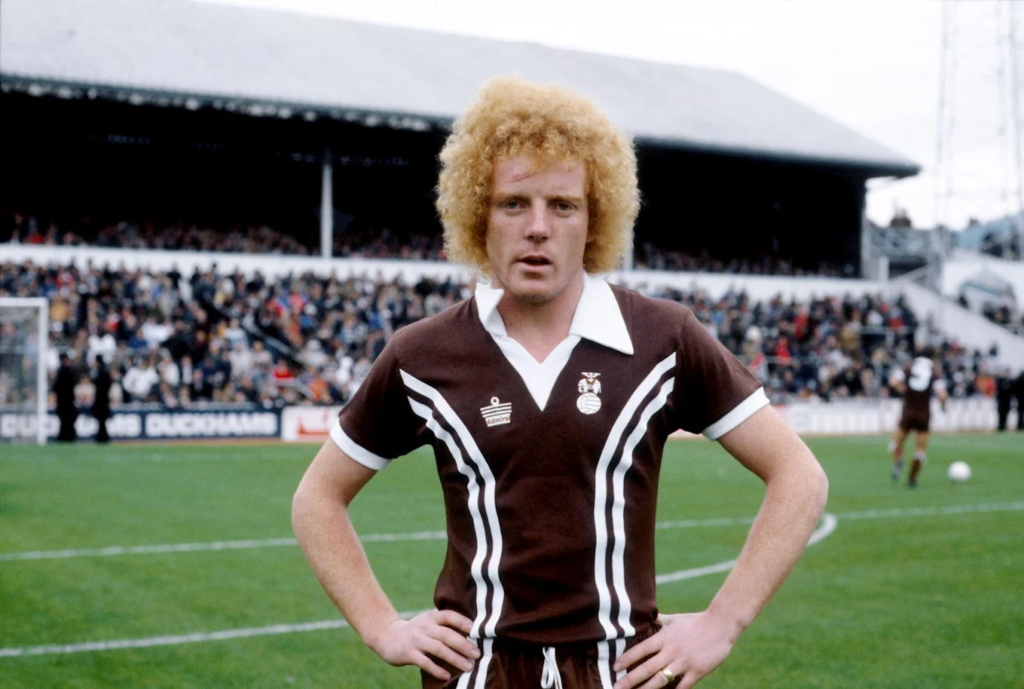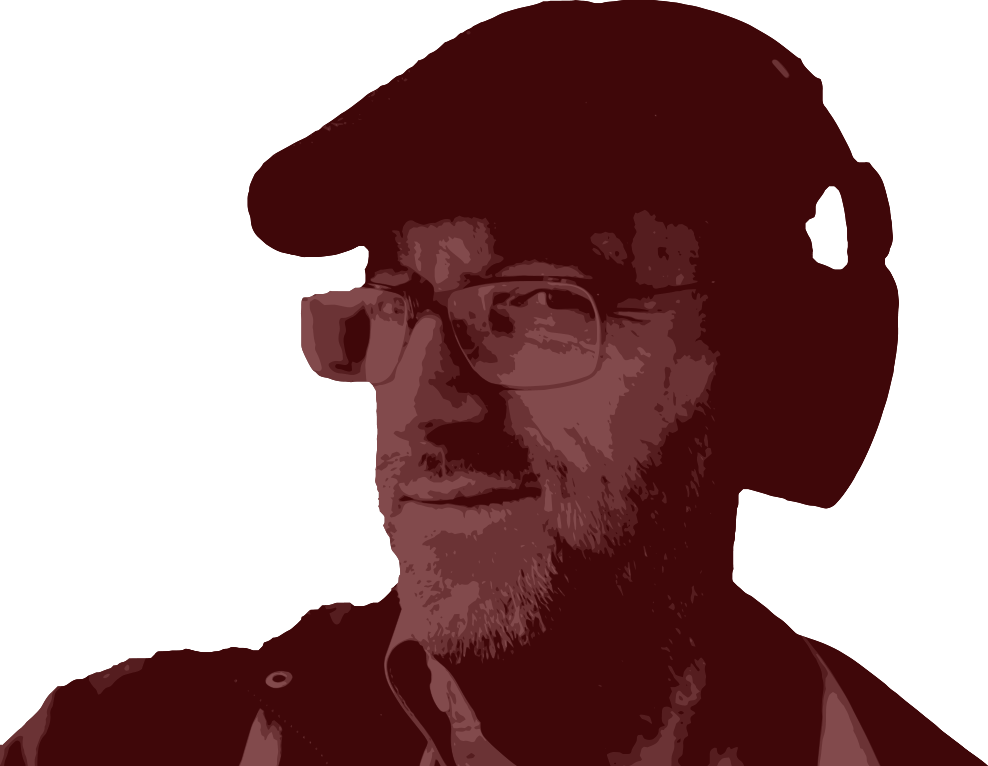Coventry
I’ve always had a soft spot for Coventry, the football team.
Perhaps it’s the mad kits they had in the 80s. The unnecessary stripes, and they were the only team to turn up in a brown away, so far as I remember. I loved the flair. In 1889 their kit was pink and blue, according to Wikipedia, so they have a long history of sartorial flair.

(fact: the T stripes were for Talbot, whose cars were made in the city. They toyed with calling the team 'Coventry Talbot'. They don't make collars on sports shirts any more...for health and safety reasons, possibly)
Like Middlesbrough, it’s a town which has been let down over the decades by successive governments who quite frankly did not give the impression of caring much about industrial decline, so long as shareholders were happy. In my head Coventry are a bit like us, a bit of a yo-yo club, but that turns out to be false memory as evidence suggests they enjoyed 34 consecutive years of top flight football between 1967 and 2001.
Anyway, I wish them luck but obviously I would much prefer if Middlesbrough beat them in the Championship Semis and we get back in the Premier League again.
As for Coventry the town, these are my reflections on the town, as seen from the saddle of my bicycle. An extract from my book, the Bicycle Clip Diaries, which is still available to buy on this very website.
"I’m brought back down to earth by Coventry, where I am forced to stop for minor pannier repairs. I am excited that there is a statue of James Starley, the father of the modern bicycle industry and Coventry is arguably its birthplace. I feel quite emotional. This is our industrial heartland.
Starley was one of the reasons there used to be more than 400 bicycle manufacturers in Coventry before the war. He was a manager at the Coventry Machinists’ Company which started out making sewing machines, but went on to make the first mass-produced bicycles ever. And if you believe their 1885 advertisement, they supplied tricycles to the Sultan of Morocco, and the King of Siam. Coventry-made bicycles were exported all over the world. Rudge-Whitworth, Triumph, and BSA all had bicycle factories here, as did Coventry Eagle, Coventry Hawk and Coventry Majestic. For a while just adding Coventry to your name implied a mark of quality, like Champagne for sparkling wine.
The people in the bike shop are underwhelmed by this information. One of them tells me about the statue of Frank Whittle, the designer of the first jet engine to be used to actually power an aircraft. He took out a patent for a turbojet in 1930, although the RAF described his invention as ‘impracticable’, and he had two nervous breakdowns.
Cycling through Coventry, I can’t help wondering if it would look different if Britain had invested more heavily in turbojet technology as a form of defence in the 1930s, instead of sailing submarines* along canals for the benefit of children? I think, too, of AlanTuring, another wartime maverick. Harangued over his sexuality to the point where he killed himself, dying lonely and in shame, having been forced to keep his war work top secret.
With the benefit of hindsight, and a few tweaks here and there, Britain could be different. Perhaps if they had listened to experts a bit, been a bit more open with their tech in peacetime, and not persecuted people so much we could lead the world in bicycles, computers and rocket science. And present day Coventry wouldn’t have an atmosphere of downbeat confusion, as if it is trying to work out its purpose.

As it stands, it is impossible to cycle through the city which inspired the song ‘Ghost Town’ without it entering your head as your earworm. Arriving at the roofless cathedral is a moving experience. To people of my generation and older it is synonymous with concentrated aerial bombing. Indeed, ‘to Coventrate’ briefly became a verb in both English and German, to devastate an area through bombing. In a single raid in 1940, two thirds of the city was damaged, including factories, much of the medieval city centre and a couple of hospitals. Hundreds died.
Here, I learn that just after the attack, the provost who had tried to save the cathedral from Luftwaffe bombs inscribed ‘Father Forgive’ on one of the remaining walls.
The majority of people at the cathedral now are groups of children, for whom the bombing of Coventry and its factories must seem an abstract concept. A sign on the steps says ‘No skateboarding or similar activities’, which suggests there has been a youthful indifference to the site’s history which has been noticed by the relevant authorities. I think of Philip Larkin and, so far as I can tell, the only literary reference to cycle clips:
Hatless, I take off
My cycle-clips in awkward reverence.
These are lines which would no doubt confuse a young person today. You would have to pre-teach so many alien concepts: being hatless, church etiquette, cycle-clips.
I feel conflicted: my own awkward reverence for the site, the suffering, a place where so many lives were lost for reasons worth remembering. But something about the tone of the sign has got my back up. I want to change it.
‘Look kids, this whole mess all started out with people telling each other what to do, intolerance, the demonization of outsider groups, all that kind of jazz so fine, skateboard, ignore signs, have fun, do whatever you want. Just do it with love in your heart and without upsetting others, and don’t ever think of bombing someone, for any reason, ever’ or words to that effect.
Instead of a red line through a skateboard, I want the symbol to be the kid in the Kes poster doing the V sign in defiance of authority. But like most people in real life I’m far too law-abiding to carry out nearly all of the acts of minor sabotage suggested by a rich interior world.
So instead I continue to ride, daydream a bit, get lost, and spend more time than most people do in one of Coventry’s inner-city suburbs, the name of which I never learn. Large numbers of people seem to be inactive in the middle of the working day. Are we less industrious? Or is there less work, because the bicycle factories are all in Taiwan these days? Not that I’m judging, as technically I’m idling too.
I finally manage to get out of Coventry, needing to make time after all that dawdling. I’ve still got eighty miles to go, with a couple of heavy panniers and nobody to share the wind."
*the submarine reference is to an earlier part of the book:
"Squint and you could be in Cornwall as you pass Frampton-on-Severn, with its hedgerows and gentle, unfolding greenery. Soon you reach Gloucestershire and Sharpness Canal, a shortcut from the River Severn to Gloucester. It is pretty now, and impossibly quiet, but was used by bulk oil carriers until the mid-1980s; and in 1937, two British submarines, apparently heading for a fête where children were charged a penny to go onboard, passed this way too."
Image source: http://www.ccfpa.co.uk/?p=59628
